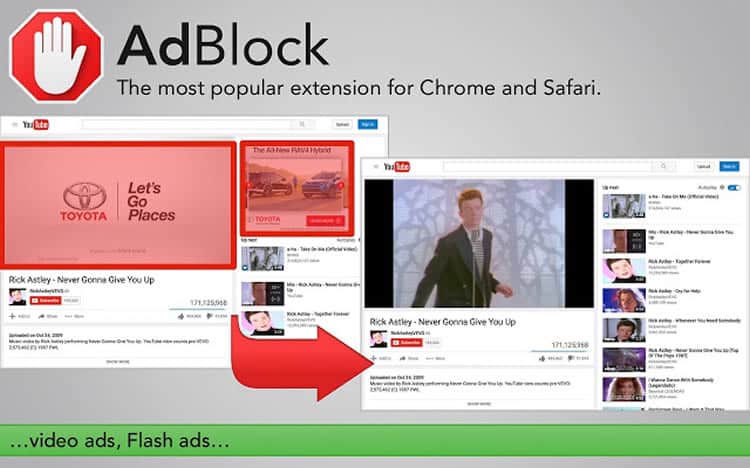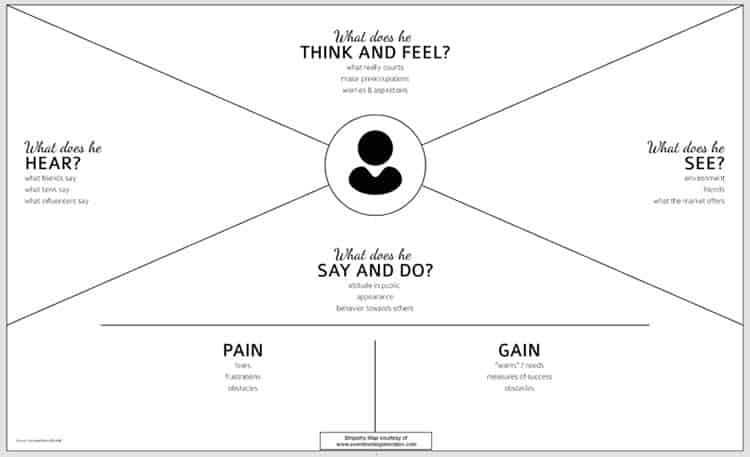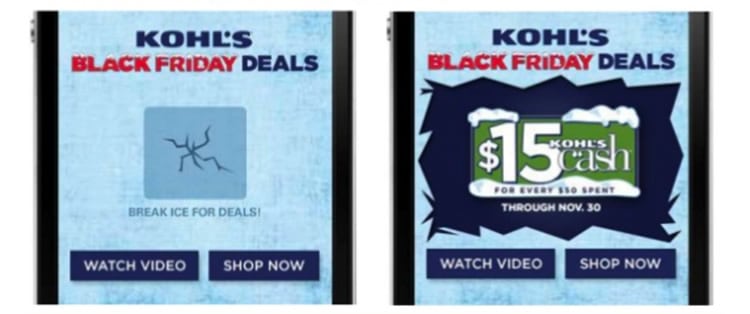
One of the inescapable challenges of UX design is catering for the diversity of users. When UX practitioners design platforms, they must consider the needs of several different user types. It is a tough dilemma – with differing goals and expectations. It would be much easier if there was something all users had in common. Some invariable principle, a rule without exception.
The good news: there is! The bad news: that commonality every user shares is an intense dislike of advertising, an often unavoidable component of most websites.
Forced to design around this necessary evil, it is entirely reasonable that most UX practitioners are going to be at odds with online adverts. Most ads we see interrupt the flow of the user, whether it is an obnoxious pop-up, a gaudy banner, or – my personal bane – the auto-playing video. In short, ads can completely disrupt the user experience.
But the world of advertising is changing, and the direction it is travelling in is on a collision course with UX design. Though it is a seemingly unlikely partnership, the convergence of UX design & advertising is not as far-fetched as it appears.
In fact, their union is not just useful – it is necessary for both fields.
The Evolution Of Adverts
In the past, target audiences had no say in the advertisements they were consuming. When watching TV, commercial breaks were inevitable. There were no ad-free streaming services like Netflix. Online ads, once inescapably ubiquitous, have been dealt a major blow with the prevalence of ad-blocking browser plugins and YouTube’s “skip” button.

This is not to say the Internet is officially an ad-free space – it is far from it. However, there has been a sharp increase in the control users have over the ads they see. This presents a new challenge for online marketers: with less opportunities to advertise, they need to ensure the ads that do reach the user are impactful and relevant.
Creating impactful, relevant experiences for the user? Sounds like a job description for the UX designer. And when marketers create ads customized to the user, UX designers can leverage these relevant, even meaningful advertisements to enhance the experience of their audience.
You read that correctly: when UX and advertising are leveraged together, the result can be an ad that the user actually makes a connection with. This symbiotic relationship between designer and marketer is a relatively new phenomenon, but their collaboration is not a mere trend.
Finding Common Ground
Both Google and Facebook, the veritable keepers of the online domain, have validated this relationship between adverts and UX. Both websites’ advertising algorithms heavily favor brands that deliver a high-quality user experience. Google even emphasizes this in its cryptic search ranking algorithm – sites with ads that employ better UX rank higher than those without.
When examining the underlying nature of UX design and advertising, their intersection is not all that surprising. The crux of both fields rests on answering a similar, if not identical, set of questions: who is this for? What do they value?
These are questions of empathy, of emotional insight into the user. Both ad creatives and UX designers must consider these when crafting a new campaign or platform. The UX design agency I work for even reserves a sizable portion of the design process to the generation of an “empathy map”, a diagram outlining different user personas and their feelings, thoughts, and reactions when interfacing with various parts of the site.

Injecting UX Into Online Adverts
So what does a UX-driven advertisement look like today? Regarding content, the guideline is pretty straightforward. Any advertisement that is presented should ideally be aligned with the target audience of your website. Another useful tip is to avoid showing adverts that go against the core values of your organisation.
In terms of presentation, it is probably easier to first nail down what it does not look like. It is not incessant, irrelevant pop-ups that interrupt your users workflow (see Bumble’s pop-ups I recently wrote about). It is not the pop-up’s evil stepbrother, the pop-under. And it is certainly not those god-awful auto-playing videos. A degree of balance should also be maintained in terms of the space allocated between content and advertising space.
An advertisement informed by UX is unintrusive, yet noticeable. It is driven by aggregated data to be supremely relevant to the user, offering personalized content based on their browsing history, habits, and routines. On mobile platforms, some companies leverage gestures to inject interaction into their ads, like this ad from Kohl’s.

Another important guideline is that adverts that take the form of articles should be clearly marked as such. Users should never be misled into thinking that a product is being genuinely recommended when in reality it is paid content. Ideally, this disclosure should not take the form of some really fine print hidden at the end of an advert.
There is no formula for a perfect online ad, just like there is no formula for the perfect website. Both UX designers and ad creatives have to rely on research and iterative design to craft a product that users can emotionally connect with.
The Future Of UX & Advertising
I do not know any UX designers who would consider themselves ‘advertisers’, but the truth is that more and more ad agencies are opening positions for the UX-minded. Some have even created an industry-specific title for them – the “creative technologist”.
Whatever the business card says, it is important to recognise the relationship between advertising and user experience. While they seem incompatible, their forces combined can benefit both sides: for the marketer, a more engaging, effective ad, and for the designer, a more relevant, helpful user experience.
Want to learn more?
Want to get an industry-recognized Course Certificate in UX Design, Design Thinking, UI Design, or another related design topic? Online UX courses from the Interaction Design Foundation can provide you with industry-relevant skills to advance your UX career. For example, Design Thinking, Become a UX Designer from Scratch, Conducting Usability Testing or User Research – Methods and Best Practices are some of the most popular courses. Good luck on your learning journey!
(Lead image: Depositphotos – affiliate link)
